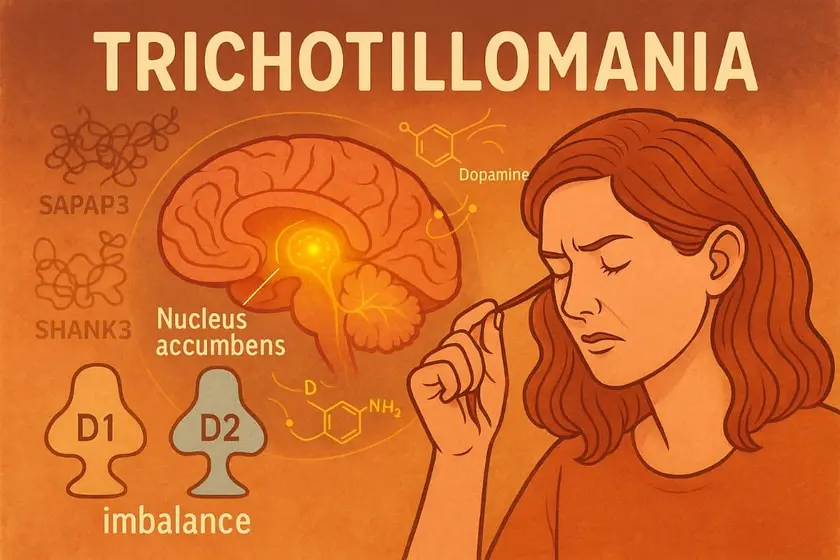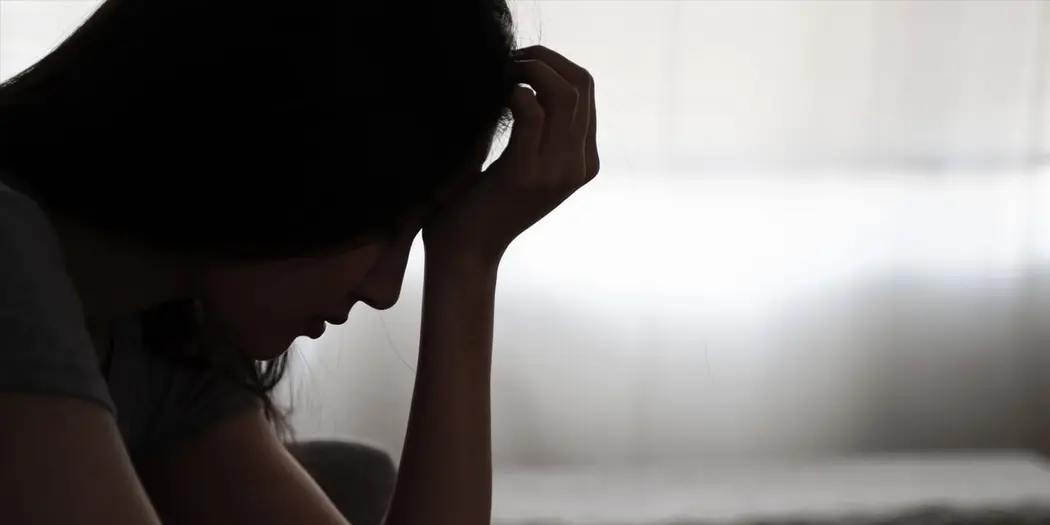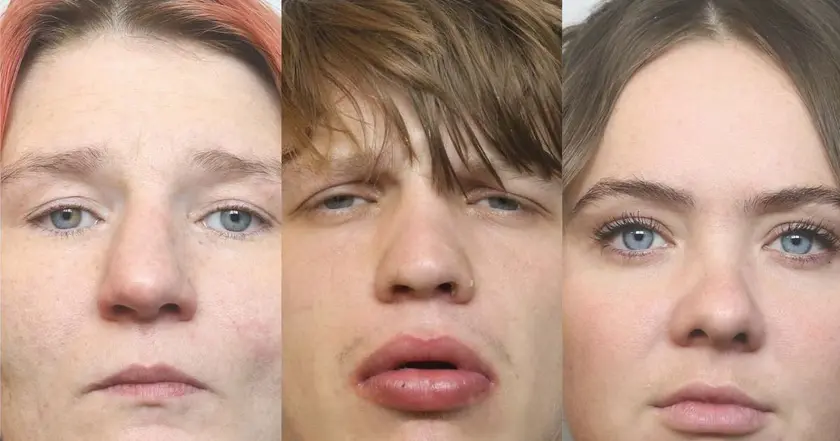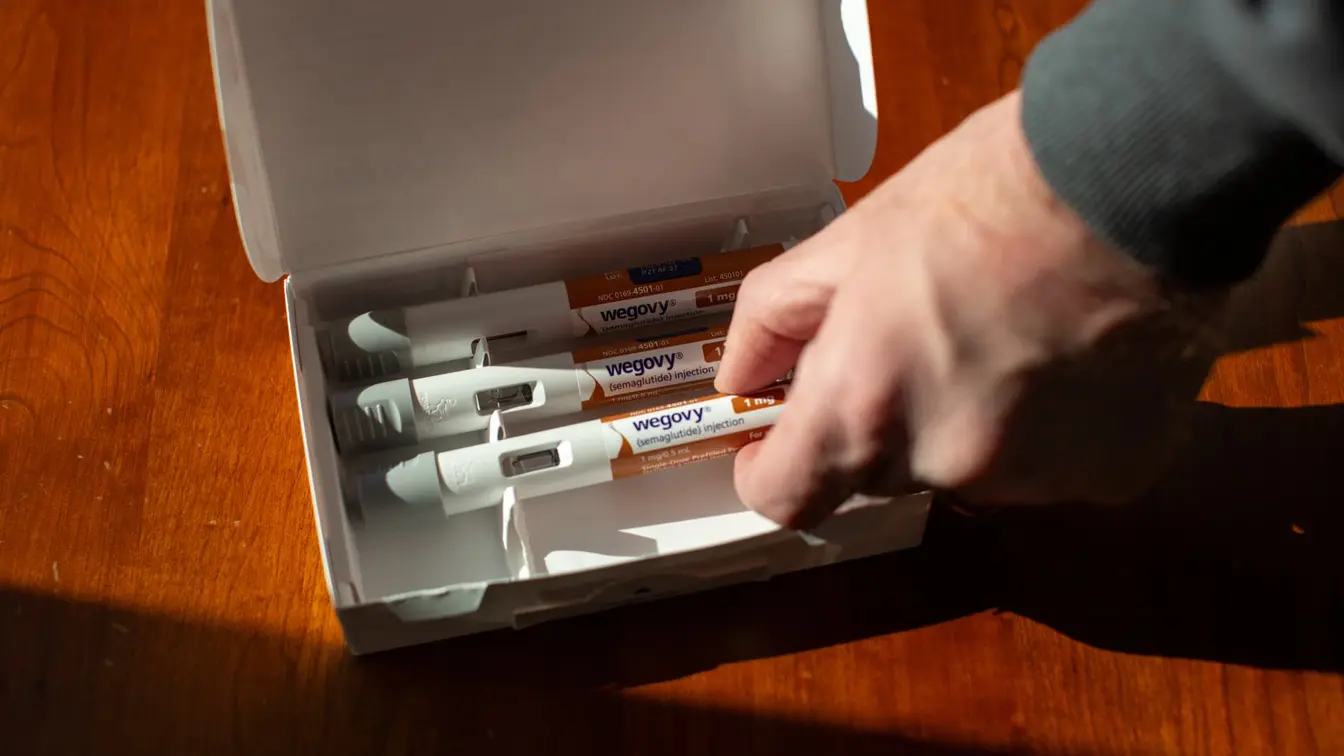T4K3.news
Dopamine imbalance linked to hair-pulling in mice
New mice study ties nucleus accumbens dysfunction and dopamine changes to trichotillomania-like behavior, with oxytocin showing paradoxical effects.

A study using Sapap3 knockout mice links nucleus accumbens dysfunction and dopamine signaling to hair-pulling behaviors, offering clues for human trichotillomania.
Dopamine Imbalance in the Brain May Drive Trichotillomania
Researchers studied Sapap3 knockout mice to model trichotillomania. The mice showed compulsive grooming, more aggression, and stress sensitivity, especially in females. Under stress from bright light, grooming increased. Neural recordings showed lower activity in the nucleus accumbens, a key part of reward and habit control. Molecular work found higher dopamine levels and a shift in D1 and D2 receptor expression, along with elevated CREB and disrupted SAPAP3-SHANK3 interactions.
The team also explored oxytocin, a hormone linked to social behavior. A single dose reduced grooming bouts and aggression but raised total grooming time, showing a paradoxical effect. The study suggests that reward circuits and dopamine signaling could be central to hair pulling, while noting limits in translating mouse results to humans.
Key Takeaways
"Dopamine can tilt the habit wheel even when relief lies elsewhere"
Comment on how dopamine signaling may bias repetitive behaviors
"Oxytocin acts like a double edged key in this circuit"
Describes oxytocin's context dependent effects
"Science moves in small steps not quick fixes"
Editorial reflection on translational pace
Taken together, the findings reinforce a neurobiological view of trichotillomania that centers on how reward circuits misfire. They point to a specific brain pathway, and to the idea that dopamine balance matters for repetitive behaviors.
But the leap to human treatment is not guaranteed. Small samples, sex bias in data, and reliance on a single animal model mean real life therapies are still uncertain. The work helps but does not decide the next step.
Highlights
- Dopamine can tilt the habit wheel even when relief lies elsewhere
- Oxytocin acts like a double edged key in this circuit
- Science moves in small steps not quick fixes
- Sex differences in grooming hint at tailored approaches for women and men
Translational and research limitations
The study relies on a mouse model, small sample sizes, and sex-biased data, which limits how we apply findings to humans. Translational progress will need larger, diverse studies and careful clinical testing.
Science moves forward one careful step at a time.
Enjoyed this? Let your friends know!
Related News

Study links dopamine imbalance to persistent arousal disorder

Merseyside jails 66 criminals in July

GLP-1 drugs show potential for PCOS treatment

Nose Picking Linked to Brain Changes in Mouse Study

Princess Anne reveals new hair look in royal portrait

AI edited listing sparks neighbour concern

Smiling linked to dopamine and stress changes

New study reveals junk food impact on children's health
